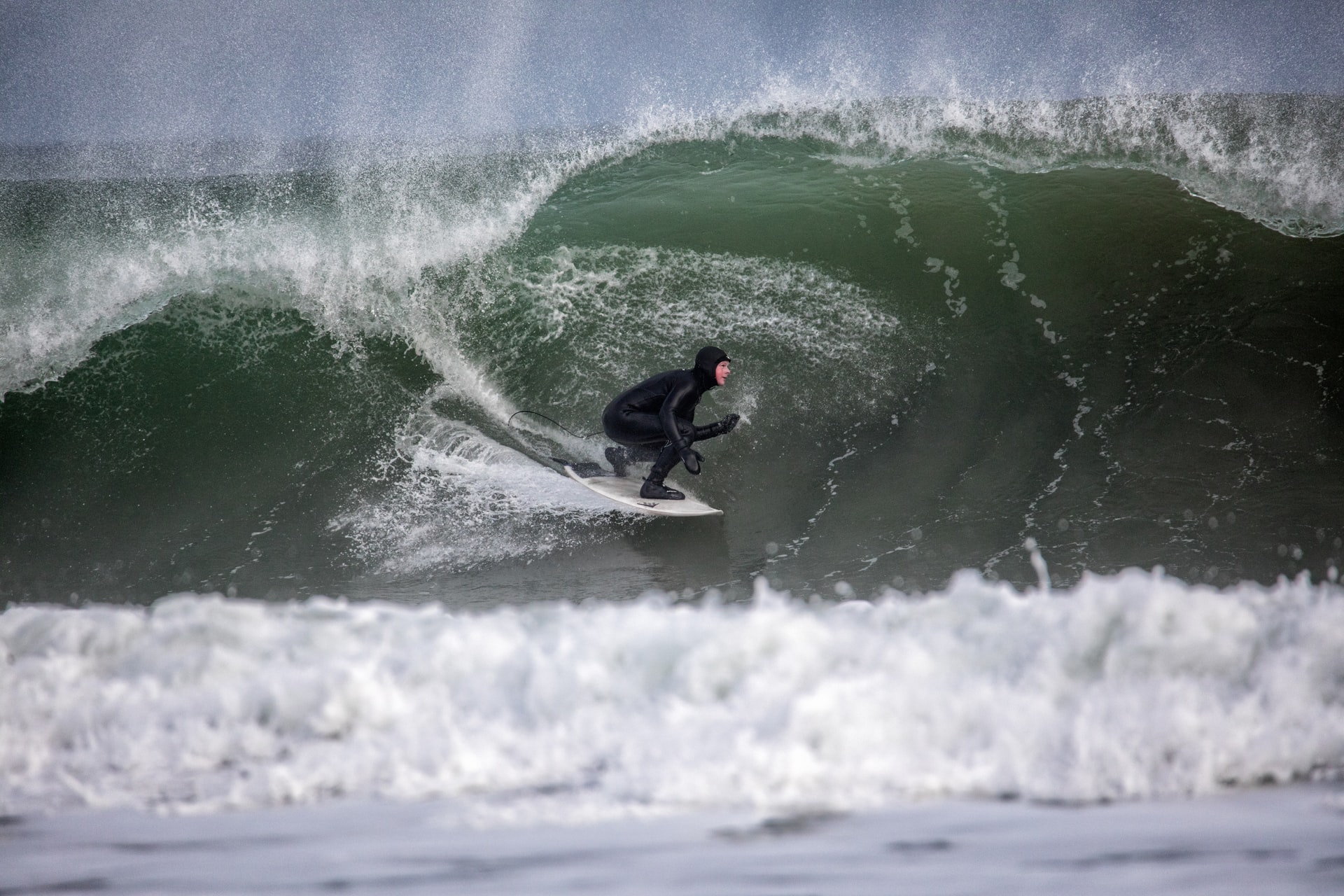As most water enthusiasts will attest, wetsuits are amazing inventions! They enable you to stay in water for longer, can be worn in all seasons, and are designed to act as a second skin. In winter they keep you insulated and warm while sitting out on a surfboard or descending to the ocean depths during dives, and in summer they protect you from harsh UV rays.
But not all wetsuits are made equally. Some of them offer mild protection in warm water conditions, while others utilize high-tech stitching to ensure superior warmth in the winter. Some wetsuits have back zips, chest zips, or no zips at all. Some are even specifically made to handle the water pressure conditions of diving.
So, with all this choice – we’ve put together this wetsuit guide. Covering everything from thickness to fit and style, we’ll break down the important features to look for on how to choose a wetsuit that is right for your watersport.
HOW TO CHOOSE A WETSUIT FOR WATERSPORTS: THICKNESS, TEMPERATURE AND FIT
How does a Wetsuit Work?
Made from neoprene, wetsuits provide insulation to keep you warm in a variety of water conditions. Water molecules conduct heat much faster than air molecules, therefore at a specific temperature, it is more likely that you’d feel the cold while swimming than what you would if you were walking in the air.
That being said, wetsuits are not intended to keep you entirely dry. The air-filled cells of the neoprene fabric help to trap heat in, insulating your body against the cold water. Additionally, any water that does seep in becomes trapped as a thin layer and is effectively warmed by your body.
Generally, the thicker the neoprene, the greater its heat-trapping properties (and the more restriction it places on your movement). But if you’re surfing or scuba diving in very cold water, a thick wetsuit can only do so much. At extremely low temperatures, you should also consider wearing booties, gloves, and a hood to prevent heat loss at your extremities.
Different Types of Wetsuits
There are several different types of wetsuits on the market, with the most common being full-length wetsuits and “shorties”. A full-length wetsuit covers everything except your head, hands, and feet. A “shortie” only covers the torso, upper arms, and thighs. “Shortie” wetsuits allow your limbs greater freedom of movement and are favorable in warm-water conditions, although some people prefer the coverage of a full-length wetsuit.
Full-length wetsuits come in a variety of thicknesses – 3/2mm, 4/3mm, 5/4mm, and 6/5mm – with the higher number meaning a thicker and warmer wetsuit. The first number refers to the thickness of the wetsuit around your torso, helping to keep your vital organs warm. The second number is the thickness around the arms and legs, ensuring you can still move with ease. Sometimes there will be a third number, which represents the neoprene thickness in just the arms. A surfing wetsuit temperature guide or scuba diving wetsuit temperature guide will offer accurate information about which thickness you need based on the water temperatures you will be exposed to.
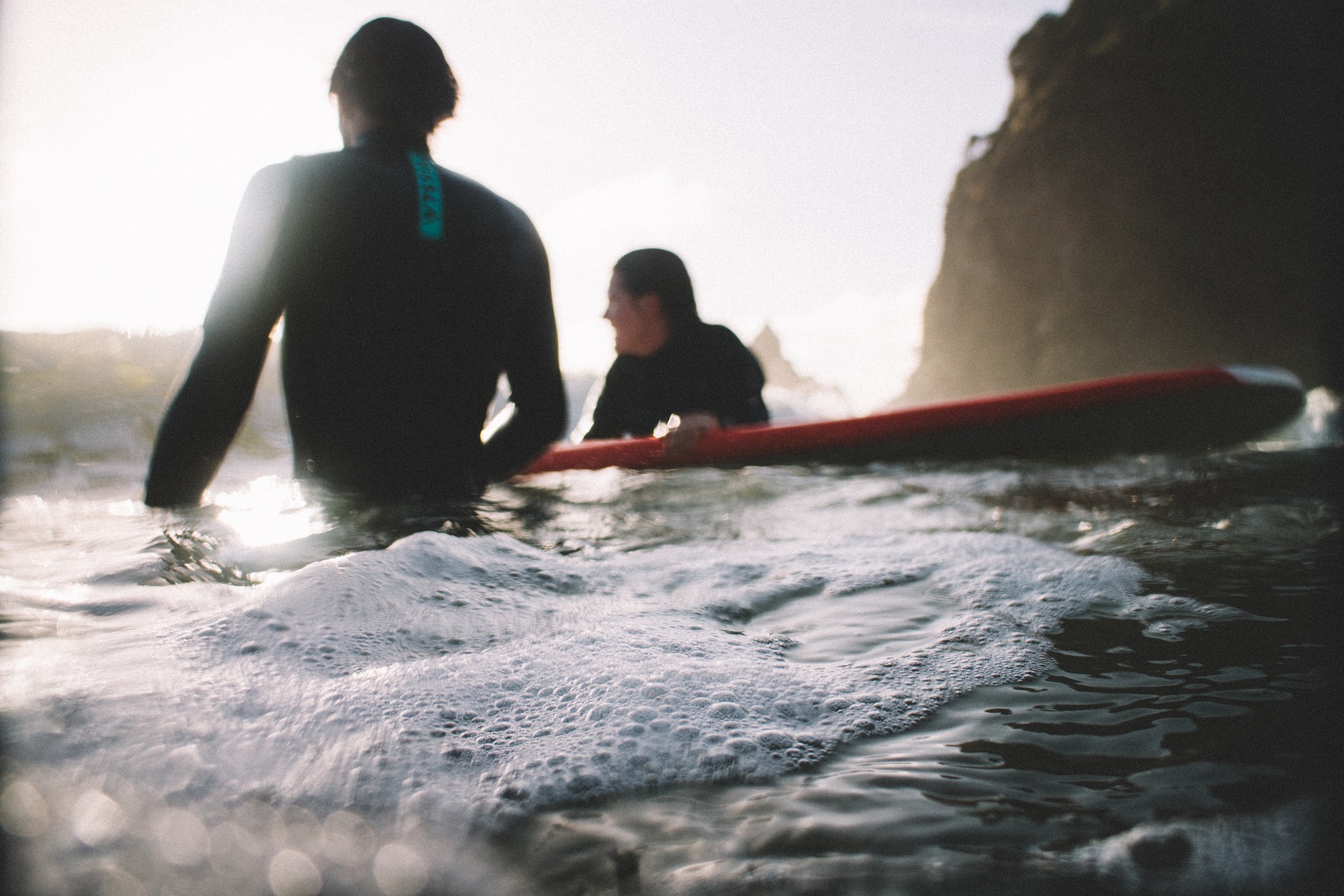
In addition to the thickness and coverage style of wetsuits, you can also find a variety of different zip styles, such as back zip, chest zip, and zip-free wetsuits. A back-zip wetsuit is the most traditional, with a zip leading from the base of the spine up to the collar of the wetsuit. This creates a large opening that makes getting in and out of the wetsuit easy. In some cases, back zip wetsuits have looser collars that allow water to flush in, which is why some people prefer chest zip wetsuits.
Chest zip wetsuits have a flap across the chest that is zipped up horizontally and is pulled over the head when donning the wetsuit. Their advantages include a tighter seal and improved flexibility, although they can be more difficult to get into if you’re not used to them. Zip-free wetsuits are self-explanatory, with no zip meaning there’s a reduced chance of any water flushing in. They’re made from ultra-stretchy neoprene to ensure easy entry, plus you don’t ever have to worry about the zipper breaking.
Different Types of Wetsuit Seams and Stitching
When browsing wetsuits online, you might notice different styles of wetsuit seams and stitches being advertised. As wetsuits are constructed from multiple pieces of neoprene, they need to be stitched together along seams that are less flexible than the panels of neoprene themselves. The process of making holes in the neoprene can allow water to flow in, which is why the style of stitching is so important.
Generally, there are three different types of stitching used in wetsuit construction – overlock stitching, flat-lock stitching, and glue-and-blind stitching.
Overlock stitching is often found on entry-level wetsuits as it is the simplest way of joining the pieces of neoprene together. Two panel edges are rolled together and then stitched, which not only reduces the flexibility of the seam but can leave a slight bulge that can be uncomfortable. This style of stitching is also the least effective at keeping water out of your wetsuit.
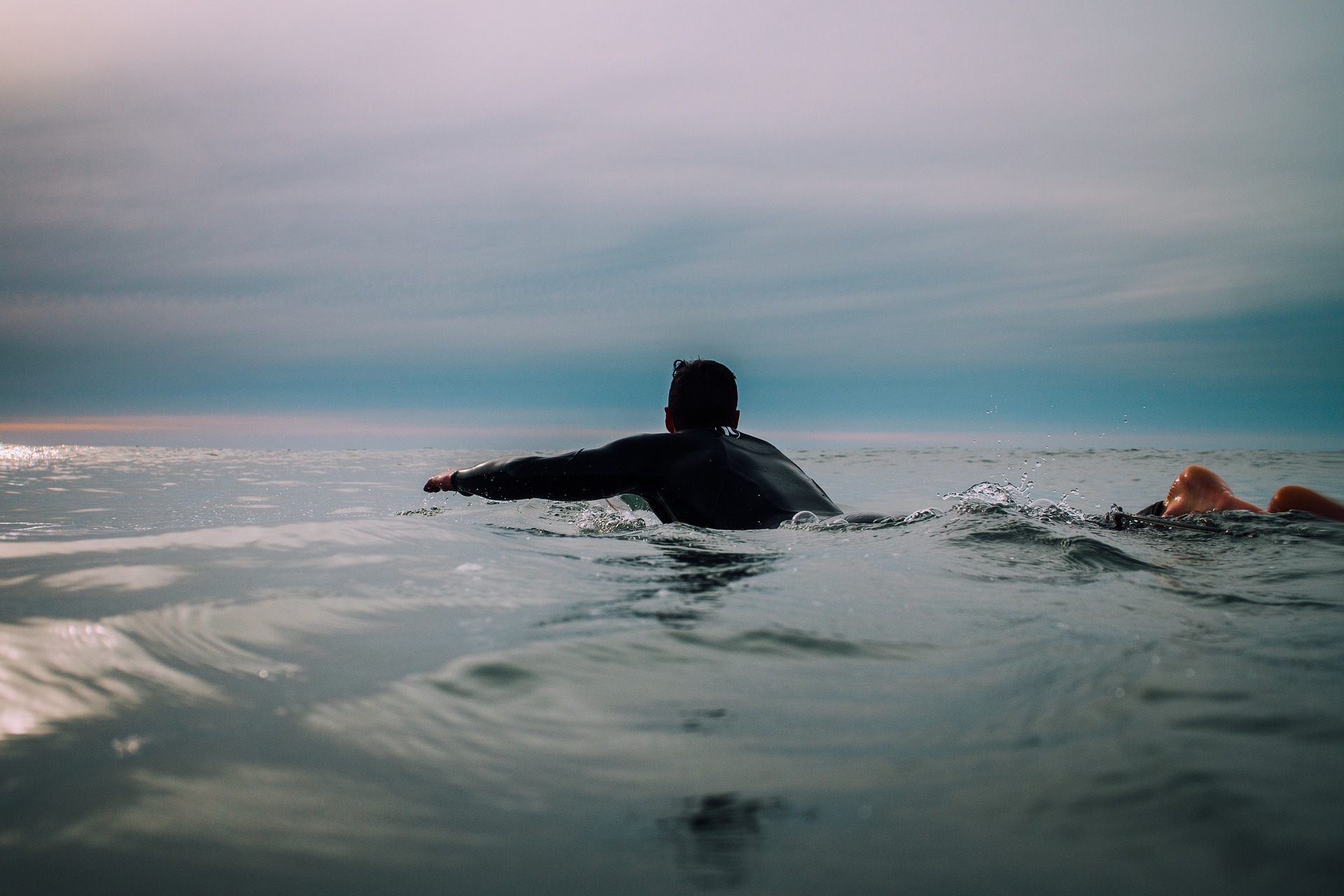
With flat-lock stitching, the two panels of neoprene are overlapped before being stitched together using a zig-zag method. This is common on summer wetsuits where superior warmth isn’t necessary, as the stitching holes actually make the suit more breathable in the water.
At the top end of the range, we have glued-and-blind stitched wetsuits. Here the neoprene panels are glued together before being partially stitched to create a watertight seam. As the stitching doesn’t go completely through the material, it doesn’t leave any holes through which water can flow. Water that does get into the wetsuit is effectively trapped inside and warmed by the body, making this style of stitching ideal for winter wetsuits.
In addition to stitched seams, you can also find welded seams on wetsuits. They are made using a silicon-based seal to join the neoprene panels and create a water-tight barrier, without the use of any stitching. These seals are considered superior to glued-and-blind stitched ones as there are no holes, and the silicon seal offers greater durability and flexibility.
In some cases, tape is glued to the inside of the seam, either along every seam or just in areas where additional strength is needed. However, even better than this are liquid seams, where a special liquid rubber is applied to the inside of the seams to make them 100% waterproof.
Picking a Wetsuit Based on Your Watersport
Wetsuits are wetsuits, right? Wrong! These days, most wetsuits are designed for a particular watersport, with unique features that set them apart. Two of the most common types of wetsuits are scuba wetsuits and surf wetsuits, and at a closer look, they differ significantly in their design and performance.
Surfing requires greater freedom of movement than scuba diving, so you will rarely see surfing wetsuits thicker than 6/5mm. On the other hand, scuba diving doesn’t require a lot of flexibility around the arm and leg areas. So, wetsuits designed for scuba diving are often a single thickness, ranging from 3mm up to 8mm, depending on the water temperature. It would be difficult for a surfer to perform in a wetsuit as thick as 8mm!
Scuba diving wetsuits are also designed using a neoprene that is resilient to water pressure, as divers are exposed to greater pressures as they descend. This is not necessary when making surf wetsuits as surfers rarely go deep beneath the water’s surface. In some cases, scuba wetsuits are also equipped with pockets for storing scuba gear and are enhanced with abrasion resistance due to rock and coral exposure.
How to Choose Wetsuits for Scuba and Surfing
If you’re wondering how to buy a wetsuit that’s right for you, it will depend on the watersport you will predominantly be participating in, the water temperatures you’re most likely to be exposed to, and the overall weather conditions. If you’re surfing or diving in tropical conditions where the water temperature is above 80°F/27°C, you might not need a wetsuit at all. That being said, some people do get cold during long sessions in the water and may opt for a 2/1mm or 2mm wetsuit for added protection.
Below 70°F/21°C, a 3/2mm or 3mm wetsuit or “shortie” will probably be required. Around 60°F/15°C, you should consider investing in a 4/3mm, 5/4/3mm, or 4mm wetsuit, plus booties, gloves, and a hood. A 5mm, 5/4mm, or 6/5/4mm is a good idea once water temperatures reach 50°F/10°C and a 6/5mm+ or drysuit for those below 45°F/7°C. Wetsuits for 50-degree water or colder will offer plenty of warmth but at the expense of flexibility. If you’re wondering what thickness wetsuit you should be buying, check out a wetsuit temperature guide or wetsuit thickness guide before purchase.

In addition to looking at wetsuit temperature charts or a wetsuit thickness guide, it’s also worth considering the air temperature(s) you will be exposed to and the predominant wind conditions (both of which can affect how warm or cold you feel in the water). This is more important for surfers who spend long periods sitting on their boards exposed to the elements. You should also consider your own sensitivity to feeling the cold, which may be impacted by the amount of muscle tissue in your body.
When choosing a wetsuit, it’s essential that it fits you correctly, which can easily be determined using a wetsuit size guide. If the wetsuit is too tight, you won’t be able to move freely. On the other hand, a baggy wetsuit will probably allow water to flow in and won’t be effective at keeping you warm. High-quality wetsuits have good elasticity to help you don and remove them. So, don’t be tempted to buy a size that’s too big just to help to get it on and off.
To give you an idea, a wetsuit should feel like a second skin, with no sagging or bunching around the back, arms, and legs. It’s also important that it fits snuggly around your neck, as this is one of the places where water is prone to flushing in. When trying on a wetsuit, do a movement test by lifting your arms over your head, squatting down, and stretching your arms to either side. While a little bit of restriction is normal, too much means that you need to try a size up. If you’re buying online, find a wetsuit size guide where you can compare your height and weight to find the perfect fit.
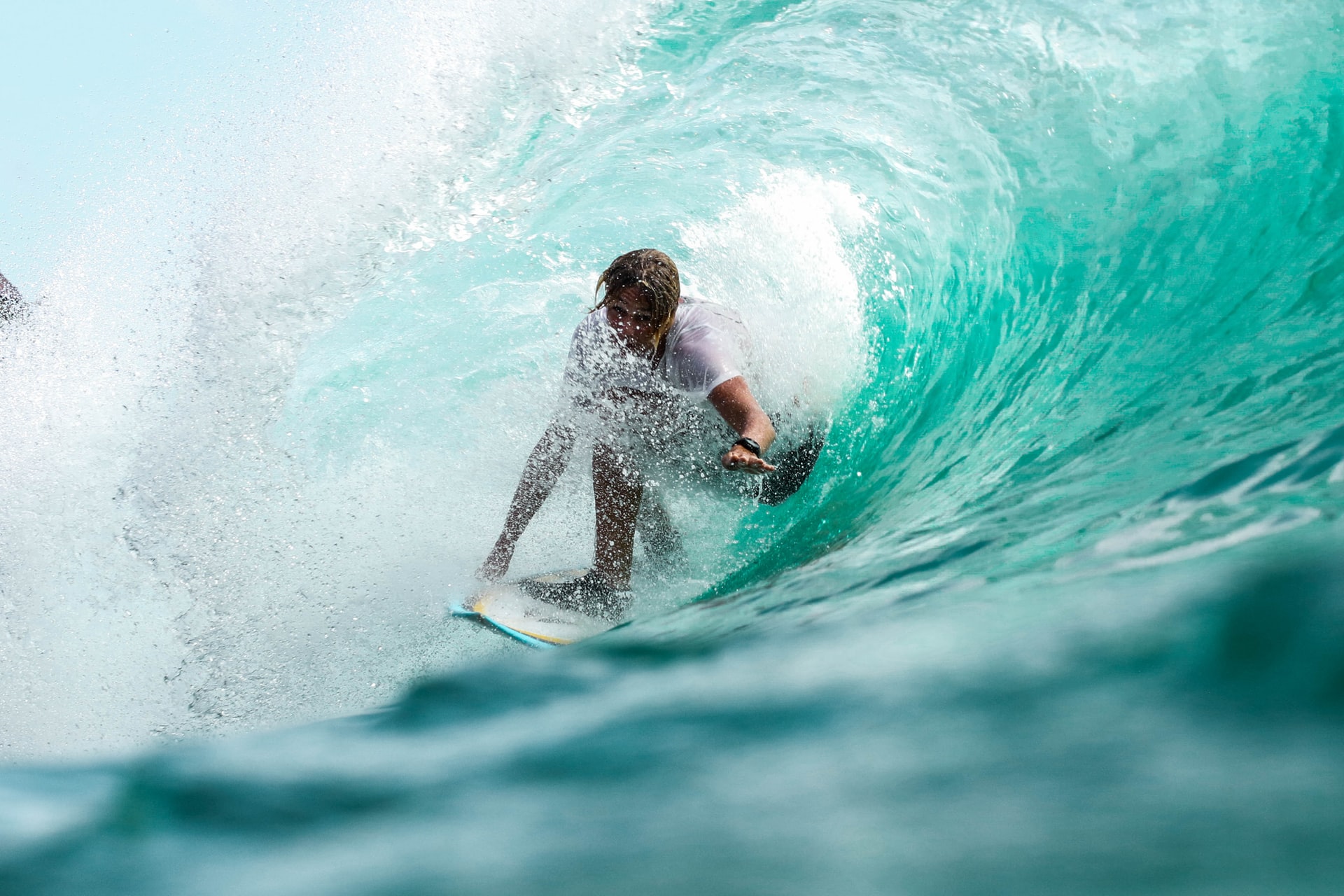
FINAL THOUGHTS
The wetsuit that’s right for you will depend on your preferred watersport(s) and the water temperatures you’re most likely to be exposed to. In cooler conditions, it’s worth investing in a thick wetsuit with high-quality seams and stitching that will prevent water from seeping in. If you plan on surfing or scuba diving year-round and in various locations, you may need to purchase two wetsuits – one for the summer and one for the winter. Booties, gloves, and a hood are also worthy investments for cold-water surfers and scuba divers, as is a rash vest that can be worn beneath your wetsuit, or used for sun protection in warm-water conditions. Buying online? A surfing wetsuits guide or scuba diving wetsuit guide can help you find the perfect thickness and fit.
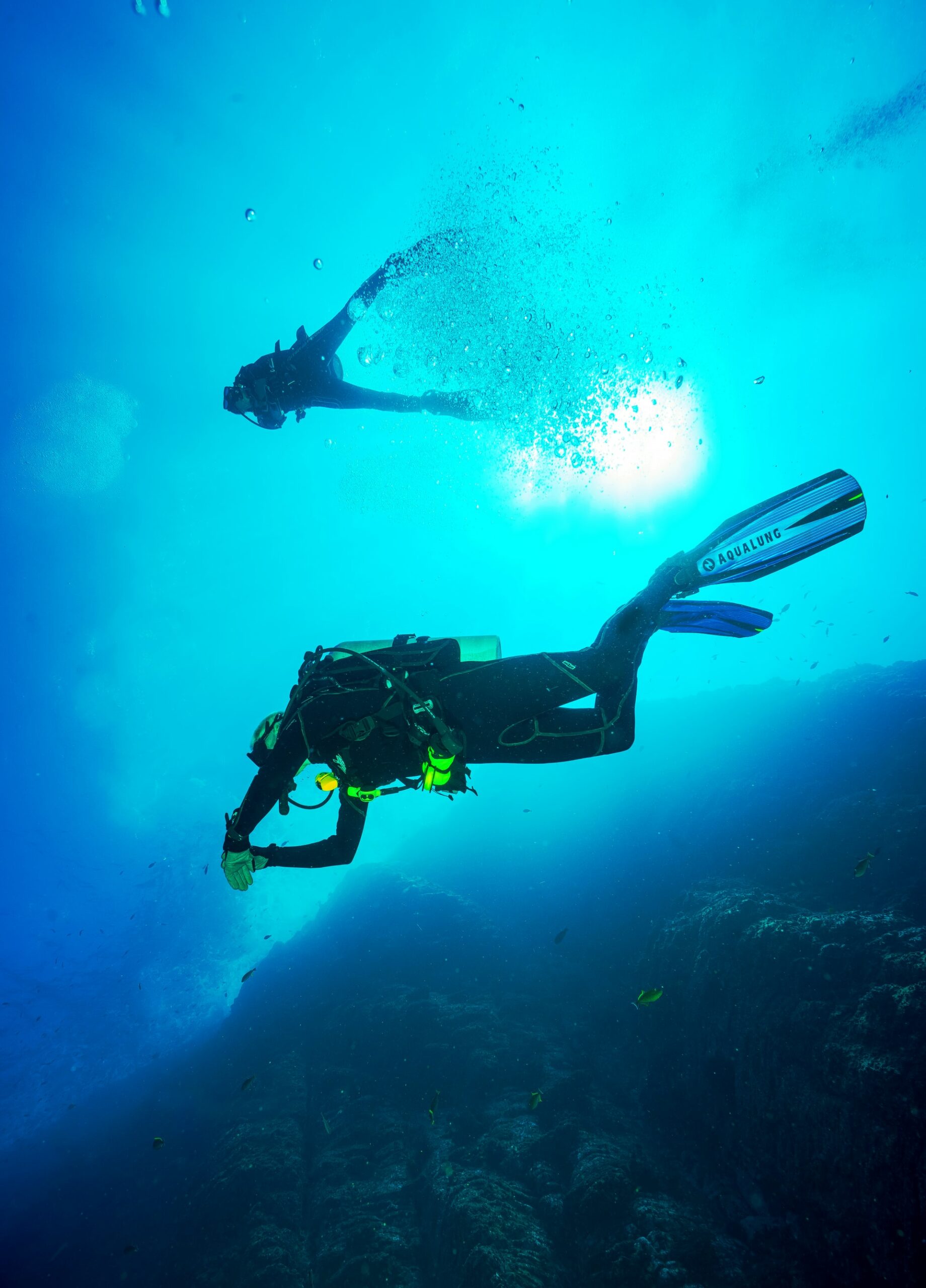
HOW TO CHOOSE A WETSUIT FOR WATERSPORTS: THICKNESS, TEMPERATURE AND FIT
FAQs
What should you wear under a wetsuit?
Not sure what to wear under a wetsuit? Most people wear their bathers beneath a wetsuit, but you can also wear your underwear or nothing at all! For added warmth, you may want to wear a rash vest or even a pair of 1mm neoprene leggings. While some people will buy multiple wetsuits for different conditions (summer, winter, and tropical holidays), others may buy just a 3mm or 3/2mm wetsuit and adjust what they wear underneath. An affordable rash vest will help to keep your vital organs warm in winter and can easily be ditched when warmer weather arrives.
How do you put on a wetsuit?
How to put on a wetsuit depends on the style of wetsuit you have selected. But in all cases, you should be gentle when putting it on, rather than yanking it and putting unnecessary stress on the seams. After stepping into the legs, slowly pull the wetsuit up to your waist and adjust it so that it fits snuggly over your legs. Then put your arms through and zip up the back if you have a back-zip wetsuit. For chest zip suits, you may need to wiggle your upper body a little to get it in before gently pulling the headpiece over. If you have trouble getting your wetsuit over your feet, try doing it with a pair of socks on to reduce resistance.
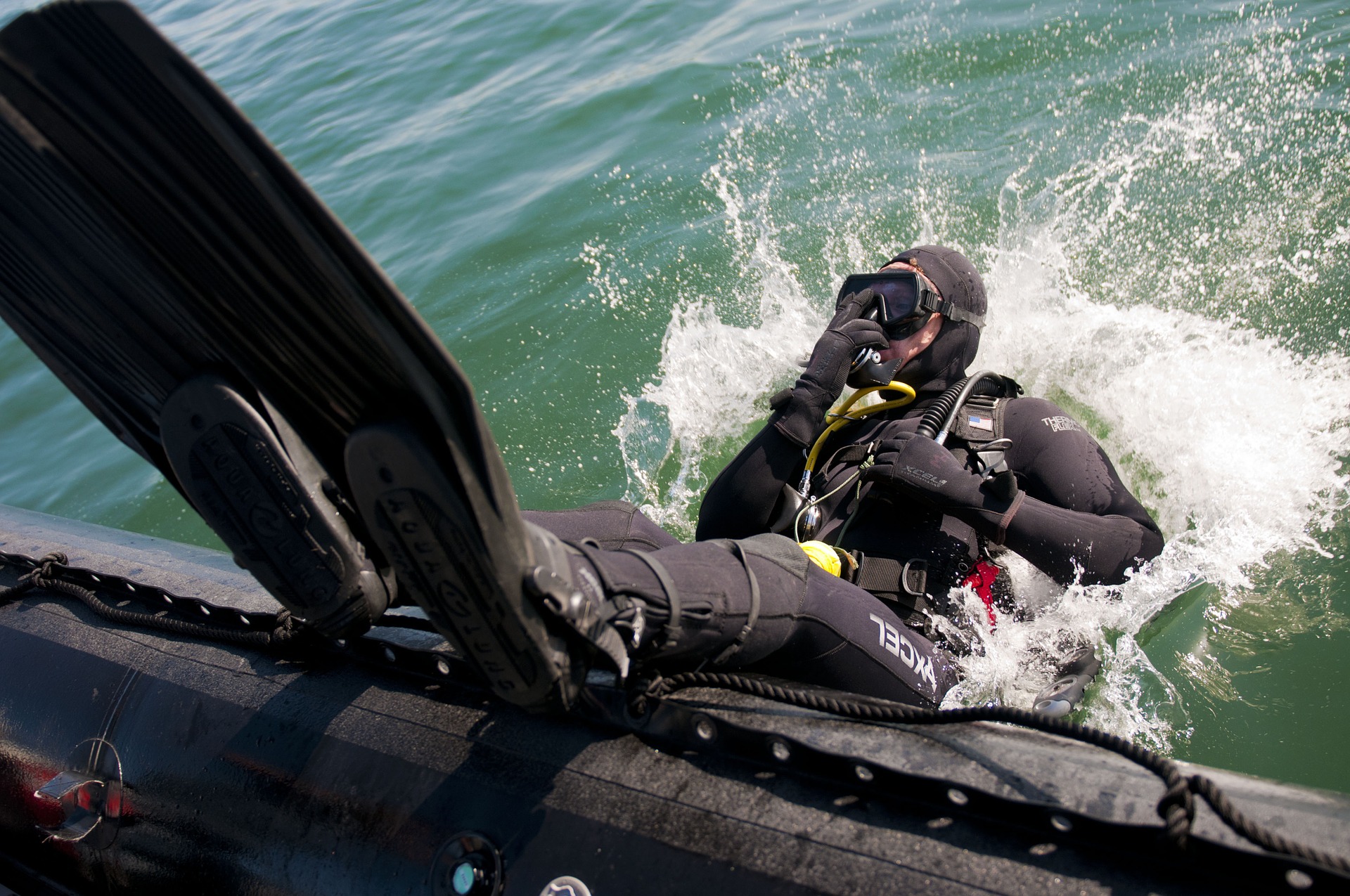
How to wash a wetsuit?
After most surf or scuba sessions, you can simply rinse your wetsuit in cold freshwater before hanging it to dry out of direct sunlight. Too much sun will dry the neoprene out and make it deteriorate faster, while hot water can dissolve the glue in the seams. Occasionally, you can wash your wetsuit using a wetsuit-specific “shampoo”, which will help to remove any dirt, salt, or bacteria. Avoid using regular household soaps and cleaners that may be too harsh for the neoprene. You run the risk of drying your wetsuit out and making it brittle, after which it stops functioning as it should. Never wash your wetsuit in a washing machine or put it in a clothes dryer as this will destroy it!
How does a wetsuit work?
Wetsuits are made from neoprene, a material with air-filled cells that help to trap heat in. This effectively insulates your body against the surrounding water, meaning you can stay exposed for much longer than you would without a wetsuit. Any water that does seep in becomes trapped as a thin layer and is warmed by the body’s heat. The greater the thickness of the neoprene, the better its heat-trapping properties and the warmer you will feel. When figuring out how to choose a wetsuit, you should first determine what thickness wetsuit you need.
SOURCES
How to choose a wetsuit for Watersports
- Wetsuit Thickness And Temperature Chart, evo.com
- Wetsuit Buying Guide, kingofwatersports.com
- Differences Between Scuba Wetsuits vs Surf Suits, buy4outdoors.com
- The Wetsuit Guide, cleanlinesurf.com
REACH OUT
We hope you found this content informative! If you are looking to expand your scuba knowledge base further, we have written a similar article on the recommended best practices of scuba diving during pregnancy. We have also written some enlightening conservation pieces on the incredible marine mammals and awesome sharks that give our oceans so much character.
As always, we create our content with you, our fellow ocean lovers, in mind. So, feel free to tell us how we did. Did you find what you were looking for? Did it help you arrive at a decision? Did we miss anything out? We’d love to hear from you below.
Thanks for reading and we hope your next dive is a great one – keep diving Blue!


